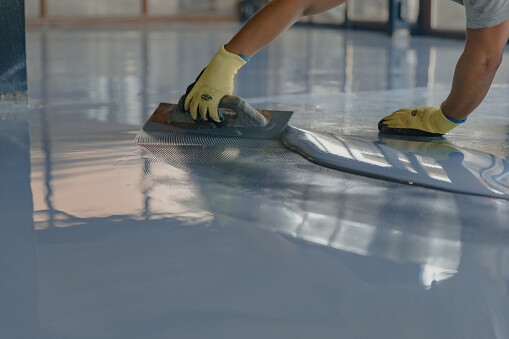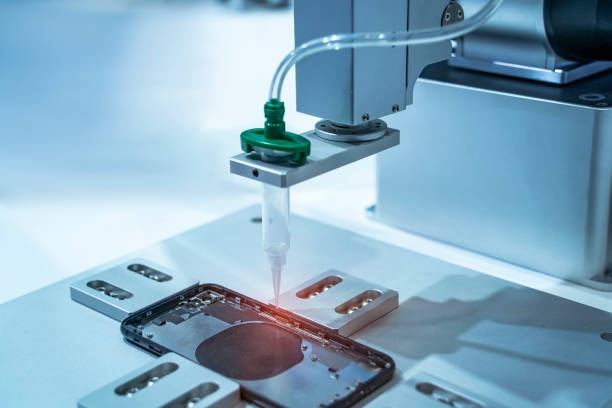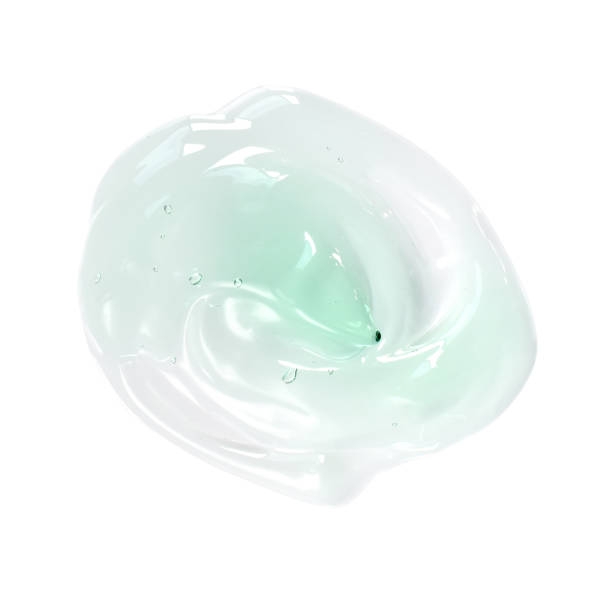Choosing The Right Curing Method For Magnet Bonding Adhesive
Magnet bonding adhesive is a preferred option for numerous applications, consisting of electric motor coil bonding, as a result of its capability to supply a solid as well as long lasting bond. To achieve the ideal outcomes, it is crucial to recognize the different curing approaches readily available for magnet bonding adhesive. In this article, we will discover the different curing methods for magnet bonding adhesive and also discuss their benefits and disadvantages.
Warm Healing
Warm treating is just one of the most usual approaches made use of for treating magnet bonding adhesive. This procedure involves using the sticky to the surface and afterwards subjecting it to a high temperature for a certain period. The heat aids the glue to crosslink and also treat, resulting in a strong as well as long lasting bond. Warm treating appropriates for a vast array of substrates and is typically utilized for bonding applications where high stamina as well as resilience are needed. However, it can be testing to attain constant as well as uniform home heating, especially when bonding larger components. This can cause irregular curing, which can jeopardize the strength of the bond.
Ultraviolet (UV) Curing
UV treating is one more preferred approach used for healing Magnet bonding adhesive. This procedure includes using the adhesive to the surface and then exposing it to ultraviolet light for a particular duration. The UV light sets off a chemical reaction that causes the adhesive curing and also creating a strong and sturdy bond. UV healing is suitable for applications where speed is crucial, as it can cure the adhesive immediately. It is additionally suitable for bonding components with intricate forms, as the UV light can penetrate into tight areas. Nonetheless, it is vital to note that UV treating is not appropriate for all substratums, and also the adhesive might not treat consistently on specific surfaces.
Space Temperature Level Treating
Space temperature healing is a popular method made use of for treating magnet bonding adhesive. This procedure includes using the glue to the surface area and also permitting it to heal at room temperature level over a particular duration. The adhesive will cure and develop a solid and also resilient bond over time, without the demand for any kind of extra heating or UV light. Space temperature level treating is excellent for applications where the parts can not stand up to high temperatures or UV light. It is likewise ideal for bonding parts with complex shapes or when a long curing time is not a concern. Nonetheless, it is vital to keep in mind that space temperature level healing can take a very long time, and the bond stamina may not be as high similar to warm or UV healing.
Wetness Treating
Wetness curing is a process that entails using the glue to the surface and also permitting it to heal in the existence of dampness. The glue responds with the moisture in the air, creating a solid as well as sturdy bond. Dampness healing is excellent for applications where the parts can not withstand high temperatures or UV light as well as where a long treating time is not an issue. Wetness treating is likewise appropriate for bonding components with intricate forms. {However, it is vital to keep in mind that dampness curing might not appropriate for all substratums, as well as the bond stamina might not be as high just like warmth or UV curing.visit this internet site Magnet bonding adhesive https://www.deepmaterialcn.com/magnet-bonding-adhesive-glue-for-magnets-in-electric-motors-uv-cure-acrylic-adhesive-for-electric-motors-coils.html for more information.
Final thought
Magnet bonding adhesive is an outstanding choice for several applications, consisting of electrical motor coil bonding, because of its capability to offer a strong as well as sturdy bond. Comprehending the different curing techniques readily available for magnet bonding adhesive is essential to achieve the very best outcomes. Warm treating, UV healing, room temperature curing, and also wetness healing are all feasible alternatives, as well as each has its advantages and also downsides. By picking the appropriate healing technique for your specific application, you can achieve a solid and also resilient bond that satisfies your needs.
Last updated


